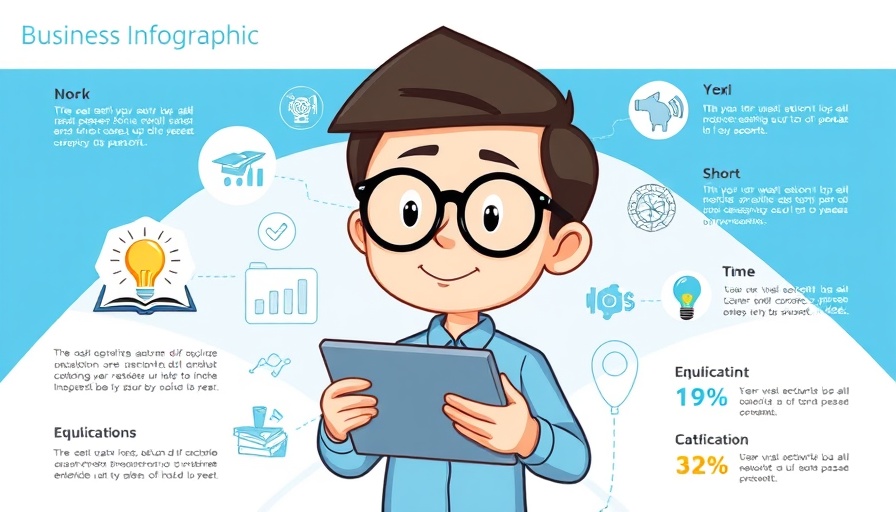
Why Language Learning Apps Matter for Families
In today's globalized world, language learning has become more accessible and essential than ever, not just for individual growth but also for fostering intercultural communication. For families, incorporating language learning apps into everyday routines can enhance children’s cognitive skills, social abilities, and even future career prospects. Apps like Duolingo offer a gamified experience that keeps children engaged and motivated while learning a new language. As technology evolves, understanding its role in education is crucial for parents.
Top Language Learning Apps for Kids
Choosing the right language learning app can be a game changer for parents looking to expose their children to foreign languages. According to PCMag's recent review of the best language-learning software for 2025, five apps have been highlighted for their outstanding features. For parents who want an interactive approach, Duolingo stands out as the Best Free Language App, providing a cost-effective way for kids to begin their language journey. Alternatively, Fluenz offers a more instructional method that may appeal to students who thrive on structured learning.
Balancing Screen Time with Educational Value
One of the concerns many parents have today is managing screen time. However, when it comes to educational apps, the key lies in quality over quantity. An app that teaches languages can be a productive substitute for recreational screen time. Programs like Rosetta Stone and Lingoda not only keep children engaged but also provide substantial learning outcomes. Ultimately, parents can foster a productive learning environment from the comfort of home while being mindful of their child's overall screen time.
Preparation for Global Citizenship
Learning a new language opens doors for children by preparing them for a more interconnected world. It instills empathy and understanding of different cultures, making them better global citizens. By choosing language apps that fit your child’s learning style—whether through visual aids, interactive lessons, or live teaching—parents can enrich their children’s education effectively. Technologies like Sign It ASL help bridge communication gaps with the Deaf community, further emphasizing the importance of inclusive education.
A Future-Ready Education
As we approach 2025, consider how integrating language learning apps into your child's learning journey can elevate their educational experience. Exposure to languages not only boosts academic performance; it builds confidence and adaptability in an increasingly dynamic world. Key insights from PCMag and various educational studies affirm that language skills are highly valued in the job market. As parents, your proactive approach in introducing these tools plays a pivotal role in shaping your child's future.
In conclusion, navigating the plethora of language learning options can seem daunting. Still, the investment in an app that works for your child empowers them academically and socially. As technology advances, so too should our approach to education, making language learning not just a subject, but a vital life skill.
If you’re eager to start your child’s language-learning journey, explore these top app selections to find the right fit today!
 Add Row
Add Row  Add
Add 




Write A Comment